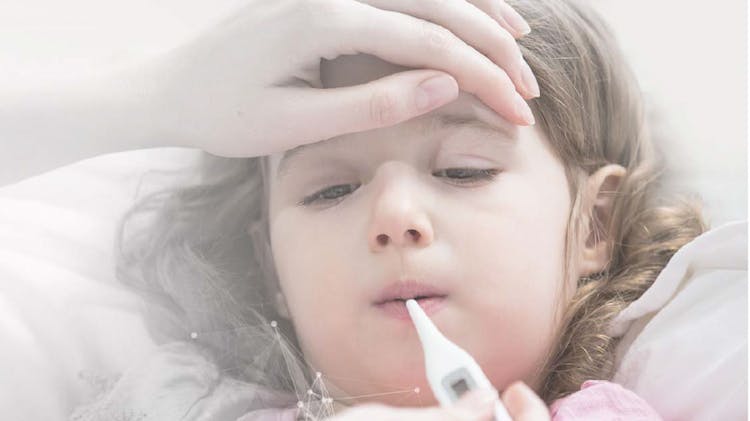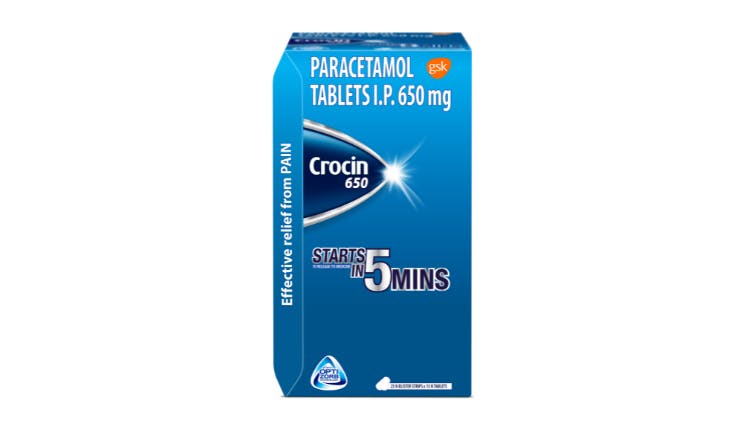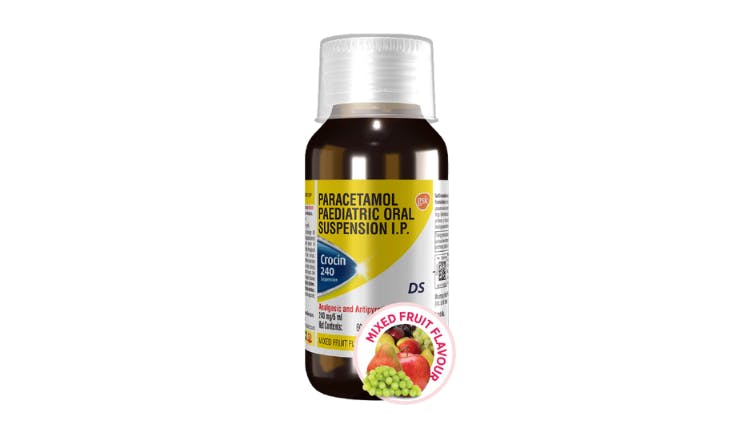Signs and symptoms of fever
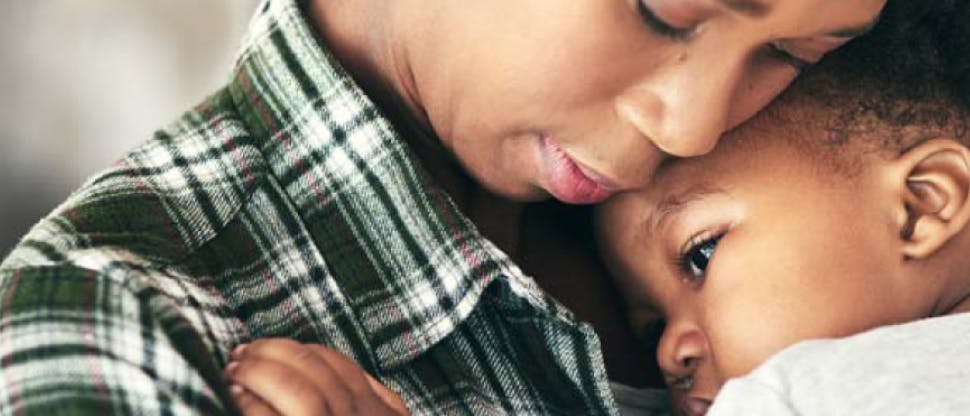
A fever is temporary as the body temperature rises due to an infection or any other secondary cause. It is a sign that something is going on within the body that needs to be looked into.1
Usually adults with a fever may feel uncomfortable and it is not much of a concern unless the temperature reaches 39.4°C or higher.1 For children, a temperature of more than 38°C is indicative of a fever.2
Symptoms of fever

Symptoms of fever in adults1,3
Symptoms of fever in adults include sweating, chills and shivering, headache, muscle aches, loss of appetite, irritability, dehydration and a sense of general weakness.
Other symptoms would depend on the cause of the fever. Some examples are:
| Cause | Symptoms |
| Dysentery or gastroenteritis | Vomiting Diarrhoea (with or without presence of blood) |
| Upper respiratory tract infection | Cough Runny nose Sore throat Sinus or nasal congestion |
| Urinary tract infection | Painful urination Back pain Increased frequency in urination |
| Skin or soft tissue infection | Focus of infection like a rash or abscess |
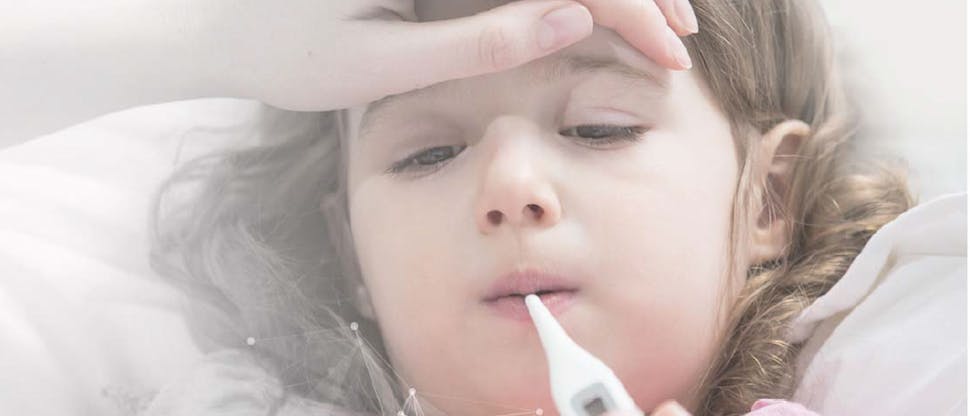
Symptoms of fever in children1,2
Other than a raised temperature of more than 38°C, children may exhibit symptoms of fever differently from adults.1,2
Febrile children may not be as active or talkative as usual or may seem fussier, less hungry but thirstier. On touching the child, they may feel hot or warm.2
As in adults, other symptoms associated with the cause of fever will also be apparent.

Recognising “red flag” symptoms1,4
Adults with fever must be referred to a doctor if there is accompanying:
- severe headache
- unusual skin rash
- unusual sensitivity to bright light
- stiff neck or if there is pain when they bend the head forward
- mental confusion
- persistent vomiting
- difficulty in breathing or chest pain
- abdominal pain
- convulsions or seizures
Children with fever must be referred if:
- the colour of skin, lips or tongue turn blue
- does not respond to social signs, does not wake up if roused or, has a weak, high-pitched or continuous cry
- there is grunting or chest draws into the body
- the skin looks dry
- if the child is < 3 months with a fever of > 38°C, has a coloured rash, neck stiffness or seizures.
